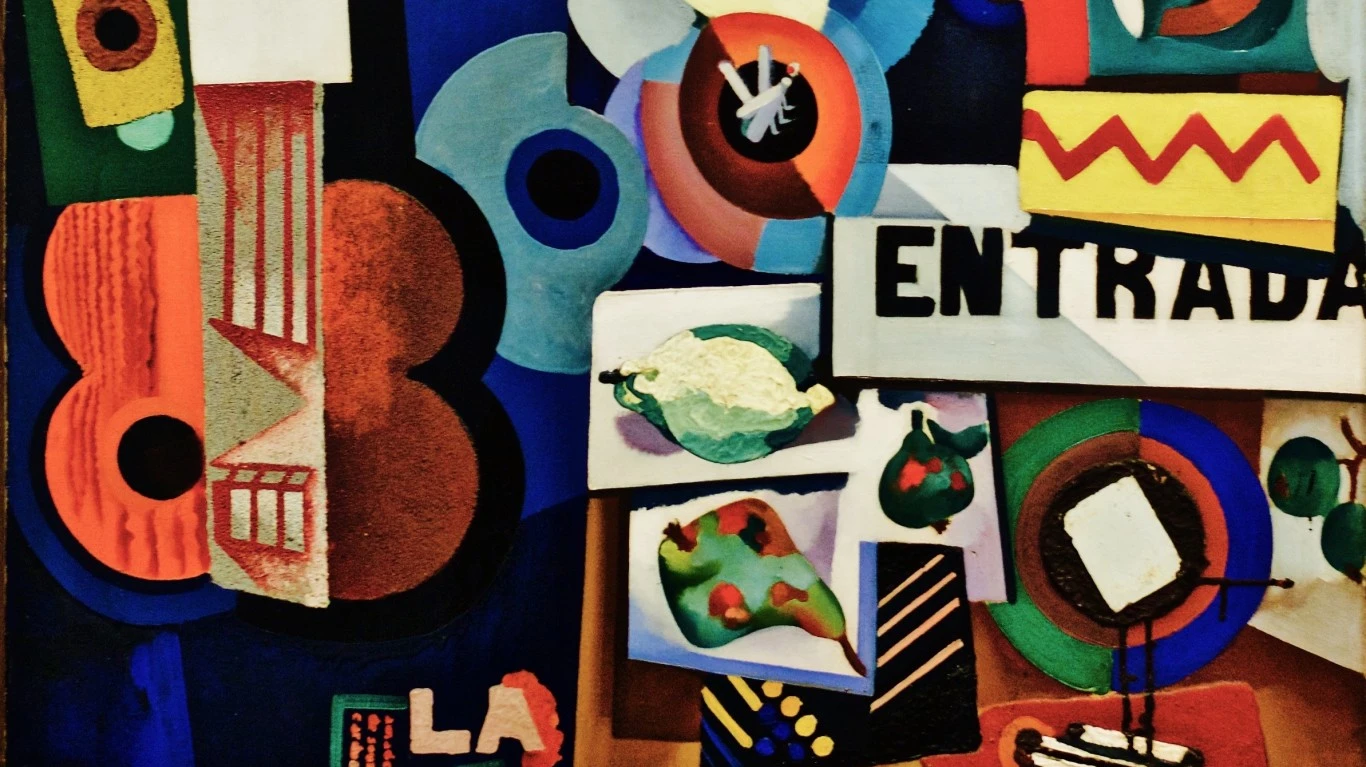
Buying up a Rembrandt or a Picasso is not the first thing average investors think of when inflation bites. Amid the gravitational pull of gold, fine art flies under the radar of most traders, who usually see it as a ‘subjective’ rather than a ‘safe’ asset. Yet when it comes to the economic value of fine artworks, it pays to see the bigger picture.
Analysts at trading platform Masterworks claim fine art outperforms gold during peak inflation, citing data from 1973 to 1981 when inflation in the US was running at around 9% each year. Gold averaged an annualized growth of 31.1% during that period, while the art market had an average calendar-year appreciation of 33.2%.
More recently, from 2000 to 2018, the “Artprice 100” (the leading index for top 100 artists in the market) delivered annual growth of 8.9%, while the S&P 500 averaged 3.4%.
Great returns – if you can get them. For decades, the art market has remained out of reach for most retail investors. Thought of as the reserve of well-heeled collectors, it has been shrouded in the mystique of stuffy auction houses, elusive aesthetic trends, and insider knowledge.
The good news for those on Main Street is Masterworks is breaking down the entry barriers to this exclusive market and democratizing access to its outsized returns.
How Masterworks Works
Masterworks is an art investment fund that buys artworks on behalf of a group of investors. In this way, it carries on from art funds of old, like The Skin of the Bear (La Peau de l’Ours), in early 20th-century France that promoted artists like Picasso, Matisse, and Gauguin.
Yet as a digital platform, Masterworks can further subdivide collective ownership into fractions of a percentage. This means regular buyers can now buy a portion of the artwork like stocks in a company, thereby dramatically reducing entry barriers.
Masterworks’ research team crawls through its database to analyze returns on recent sales in the art market and identify up and coming artists.
The fund then selects specific artworks and buys up the originals in their physical form. They then securitize the asset through an SEC (Securities and Exchange Commission) filing and then list it on their platform for users to buy in shares.
Investors can then wait several years until the artwork is resold and then receive their share of the proceeds (after Masterworks takes a 20% cut on top of the 1.5% annual fee). Otherwise, they can sell their shares on Masterworks’ secondary market, which acts as a stock market. Although due to the lower frequency of transactions than a stock exchange, liquidating the artwork cannot always be done quickly.
Inflation-Proof
In 2019, Citi took data compiled by Masterworks of sales from auctions houses like Sotheby’s, Christie’s, and Phillips and found that between 1985 and 2018, art easily exceeded inflation and is “an excellent store of wealth over all time periods.”
So why is art resistant to inflation?
Part of the reason is that art is generally shielded from volatility in other markets.
The report said that whereas other kinds of investments (commodities, real estate, etc.) are vulnerable to the knock-on effects from other sectors of our highly-interconnected economy, art’s performance is much more insulated from these upswings and downswings.
This is “art’s most attractive investment quality over the long run,” Citi wrote.
In other words, those timeless masterpieces really are in an (asset) class of their own.
Yet that does not mean the art market itself is not subject to wild price swings.
While the average annual rate of return looks strong over the long term, there is significant year-to-year volatility. This is particularly true for contemporary art, according to Citi, pointing out that this category’s annual volatility, as measured by deviation from the average, was 25.8%.
Those price swings might be too much for some retail investors to stomach. However, they also bring another unpredictable yet visually stimulating asset class to mind.
Not another NFT?
Masterworks’ quiet disruption of the art trade runs parallel to the meteoric rise of Non-Fungible Tokens (NFTs), which has prompted comparisons between the two.
“It seems as though Masterworks is looking to create a platform very much like that of the NFT space, except with legitimate artwork,” Chad Budy, a senior investment advisor at Aptus Wealth Management, told Wealth of Geeks.
believe an app like Masterworks will appeal to a different demographic than the NFT space and the rare art collectors. In terms of age, it will attract the over-50 crowd and those who are somewhat tech-savvy but also appreciate fine art.”
In a recent interview, the company’s Chief Investment Officer Allen Sukholitsky said that there is some distance between NFTs and what Masterworks does. The main difference is that his platform invests in blue-chip artworks that physically exist, whereas NFTs are mostly for digital art.
Yet that doesn’t mean the platform has closed the doors on NFTs forever.
“But our business is always up for evolving. I mean, who knows? Maybe one day, down the line, we’ll consider the NFT market as part of it,” he added.
Originally published at Wealth of Geeks
Sponsored: Tips for Investing
A financial advisor can help you understand the advantages and disadvantages of investment properties. Finding a qualified financial advisor doesn’t have to be hard. SmartAsset’s free tool matches you with up to three financial advisors who serve your area, and you can interview your advisor matches at no cost to decide which one is right for you. If you’re ready to find an advisor who can help you achieve your financial goals, get started now.
Investing in real estate can diversify your portfolio. But expanding your horizons may add additional costs. If you’re an investor looking to minimize expenses, consider checking out online brokerages. They often offer low investment fees, helping you maximize your profit.






